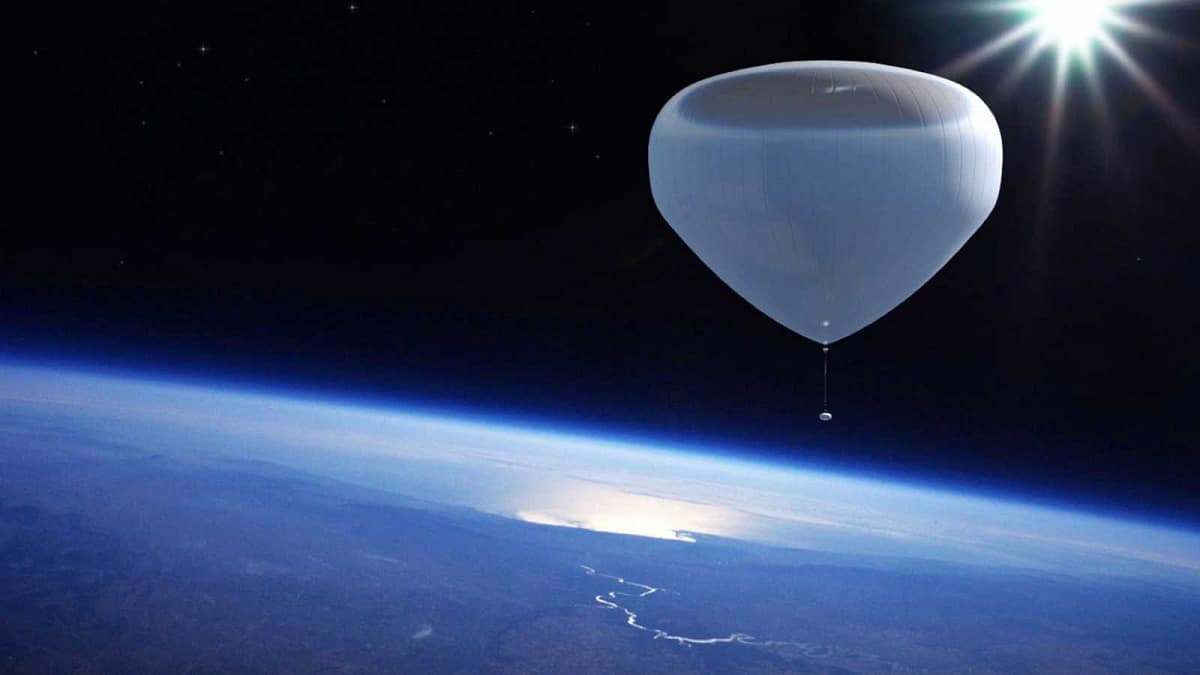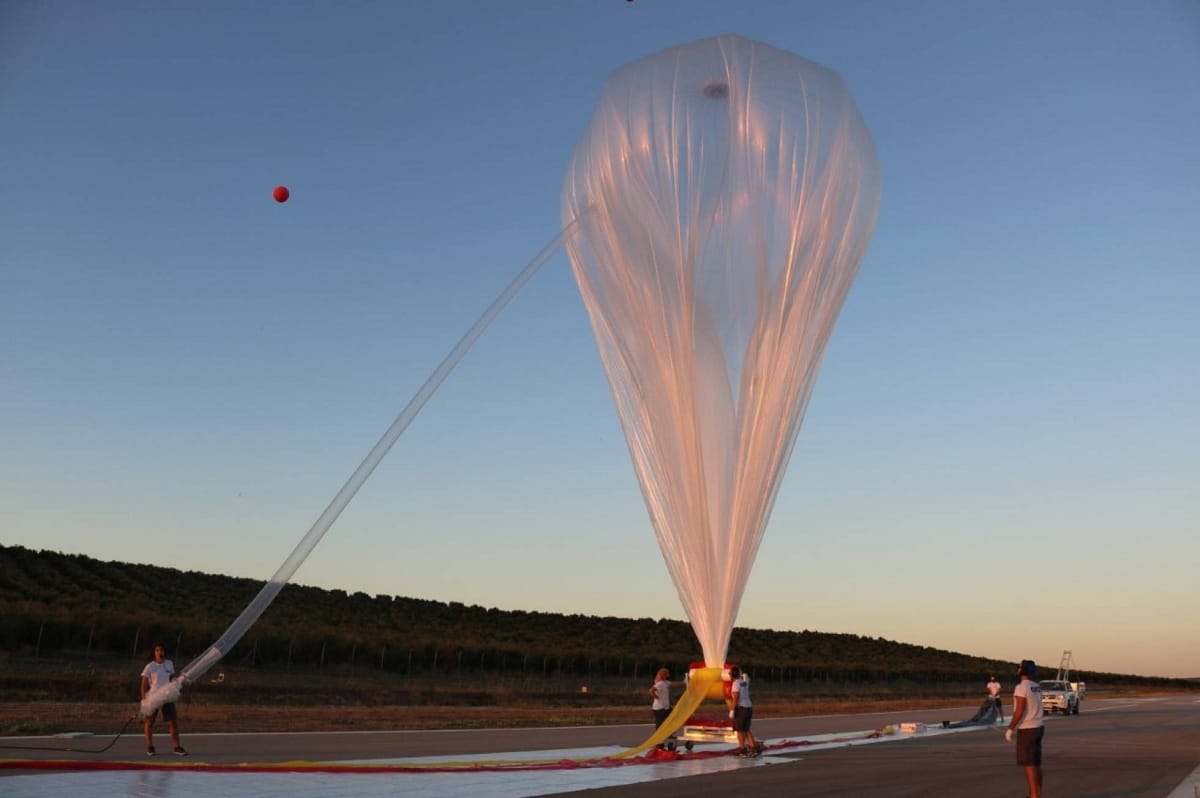
El probe balloon or stratospheric balloon is a balloon capable of moving along the stratosphere to capture information about the environment. The stratosphere is located at a height of between 11 and 50 kilometers and is where the ozone layer is located. The uniqueness of the probe balloon is that it serves as a scientific research tool thanks to the ability to perform stable flights for a long time in a large portion of the atmosphere. Other vehicles such as airplanes or probe rockets cannot stay for sufficient periods of time in height to be able to obtain enough information.
In this article we are going to explain all the features, usefulness and how to use the balloon probe.
Key features

The operation of this probe balloon is based on Archimedes' principle. It takes advantage of the upward thrust exerted by a gas that is lighter than air. As usual, Hydrogen or helium is used in a sufficient proportion so that the heater can expand in the atmosphere. It has a system with two main components: the balloon itself and the so-called flight train where the necessary instruments are located to obtain information from the investigation.
Let's see what instruments you have to obtain information:
- It has a mechanism that serves to separate the payload.
- Count with one parachute to be able to recover and instruments little by little and without damaging it.
- It has a communications system to be able to receive and transmit commands instantly both for the globe as well as the instruments on board.
- Its telemetry system is capable of measuring with great precision the height, temperature, pressure and position of the entire system at any height.
- It has a passive reflector like radar.
- It has various mechanisms for choosing ballast.
- Its main power source is batteries and, for longer trips, solar panels.
Depending on the nature of the observations, the payload is usually placed in a container structure called a gondola. The gondola can be used primarily to protect measuring instruments. This wedding is responsible for softening the impact upon landing or is useful as an incorporation of very precise pointing mechanisms or pressurized containers.
Types of balloon probe

There are many types of balloon catheters depending on the main objective. Apart from the varieties that exist in terms of shape, size, material or construction method, we will limit ourselves to dividing the types of probe balloons according to their functionality. There are open and closed probe balloons.
Open probe balloons are also known by the name of zero pressure. Their lower part is open in such a way that when the gas rises it expands until it reaches a state of equilibrium between the external and internal pressure. Any increase in the internal pressure due to the heating produced by the sun, is automatically compensated by means of the natural venting of the gas from its lower part or by vent tubes attached to it.
The closed probe balloons are those that are known by the name of superpressure. These are compartments that are completely closed and watertight that do not allow air to enter or gas to escape. When an increase in internal pressure occurs during ascent it is supported by the reinforced envelope of the balloon. This envelope is capable of expanding in such a way that it reaches the maximum point and enters a state of equilibrium, preventing itself from rising.
Materials and construction
The probe balloon is constructed from various materials with a plastic nature. One of them is polyethylene and other multilayer compositions with various compounds derived from them. It is usually treated with films that are only a few microns thick. This makes them extremely light and resistant plastics that can withstand various conditions, although they are quite delicate in handling.
For the manufacture of this type of probe balloon, various segments of the aforementioned material are cut and joined together by some type of heat with an adhesive that is specially manufactured to sail too much weight to the balloon. The upper part is attached and a plastic plate is added that will serve to mount the balloon before launching the valve. This serves to allow the gas to escape. On the bottom, an aluminum ring is placed that closes it, although not completely, and the rest of the flight train is hooked.
To be able to build this type of probe balloon, a huge infrastructure is required that has large work spaces for cutting and gluing the underbody. Currently there are few companies that are capable of building them. It takes approximately a volume close to a million cubic meters and, once finished, have a complete polyethylene surface of several hectares.
Launch of the probe balloon

The main objective of the launch phase is to be able to achieve a vertical lift without damaging the balloon. There are various launch techniques. Each of them varies essentially depending on the infrastructure where it is located. We must take into account the atmospheric conditions, the type of payload to be transported and the volume of the balloon to be launched.
These types of launch are reduced to two types: static launch in which the position of the inflated balloon is adjusted in such a way that it naturally sits on its load. Dynamic launch is in which a launch vehicle is used with the load underneath the balloon while lifting to get it to take access.
During the ascent of the balloon it begins to charge at a speed related to the weight of the set and the extra amount of gas that the bubble is injected during inflation which is called free impulse. The most dangerous part of the flight is the one where it reaches the tropopause. It is here that there is a temperature inversion that can cause some failures in the wolves.
I hope that with this information you can learn more about the probe balloon.